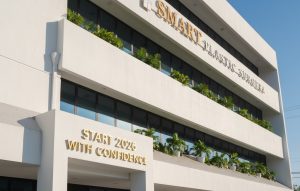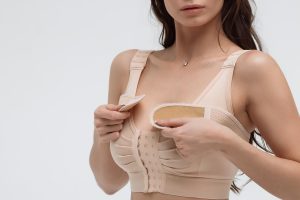People searching for treatments like J-Plasma usually ask about the pain level involved. Curiosity tends to grow after seeing before-and-after images or reading about skin tightening outcomes. But in reality, how painful is J-Plasma?
This article brings together the most relevant information about pain before, during, and after the procedure, based on patient experiences and what board-certified surgeons often discuss during consultations.
What is J-Plasma and what does it do
J-Plasma uses radiofrequency energy combined with helium gas to contract and tighten the skin. The technology works just below the skin’s surface, creating a visible tightening effect without the need for large incisions.
It can be applied to areas such as the face, neck, abdomen, thighs, and arms.
How painful is J-Plasma during the procedure
During the procedure, doctors use local anesthesia, sedation, or general anesthesia depending on the treated area. The technique does not cause active pain during application, since the patient remains anesthetized. However, a mild sensation of heat or pressure may occur in some cases, especially when using local anesthesia.
Compared to traditional surgical lifts, many patients report less discomfort with J-Plasma. Still, how painful J-Plasma is may vary based on the type of anesthesia and individual sensitivity.
How painful is J-Plasma after the procedure
Post-procedure is when pain or discomfort may appear. Common sensations include swelling, a mild burning sensation, stiffness, and tenderness. These effects tend to show up within the first 24 to 72 hours.
Although rare, bruising and temporary numbness may also occur. The answer to how painful J-Plasma is depends heavily on personal pain tolerance.
Pain levels by treatment area
Below is a table showing the average pain perception reported by patients, depending on the treated body area:
| Treated area | Average pain level (1–10) |
| Face | 3–4 |
| Neck | 4–5 |
| Abdomen | 5–6 |
| Thighs | 4–5 |
| Arms | 3–4 |
Areas with more nerve endings, such as the neck and abdomen, tend to generate higher discomfort reports.
Read more:
👉 Is Renuvion J-Plasma Safe? Risks, Side Effects, and Recovery Explained
How long does J-Plasma discomfort last
Discomfort duration tends to be limited. Many patients report significant improvement after the first three days. On average, mild discomfort may persist for 7 to 10 days. Return to daily activities usually occurs within one week, except for intense physical exercise.
What patients say about pain after J-Plasma
Patient feedback from clinics in the United States helps clarify how painful is J-Plasma in real-life situations. In forums, social media, and review sites, many describe the post-treatment phase as easier than expected.
The most common words used to describe the pain include “manageable,” “mild,” and “temporary”.
Some variations exist. A few patients reported greater discomfort in large areas like the abdomen. Overall, the choice of clinic and provider strongly influences this perception.
Factors that influence how painful is J-Plasma
Several elements impact the answer to how painful is J-Plasma:
- Surgeon’s technique: experienced professionals tend to minimize tissue trauma
- Anesthesia type: deep sedation may lead to a more comfortable experience
- Treatment area size: larger regions may involve more sensitivity
- Skin condition: advanced skin laxity may cause more post-treatment tenderness
- Pain history: patients with higher pain sensitivity may report greater discomfort
Read more:
👉 How long do Renuvion J-plasma results last?
How to manage J-Plasma pain effectively
Some actions help reduce post-procedure discomfort:
- Use of prescribed pain relievers (acetaminophen or ibuprofen)
- Cold compresses during the first 48 hours
- Avoid sun exposure
- Rest for the first two days
- Stay hydrated and eat light meals
Post-procedure follow-up with the surgeon also helps prevent complications and reduce pain.
Ready to explore your options?
Smart Plastic Surgery, based in Miami, brings extensive experience with J-Plasma procedures. Book a consultation with our team and find out if this technology aligns with your aesthetic goals.



